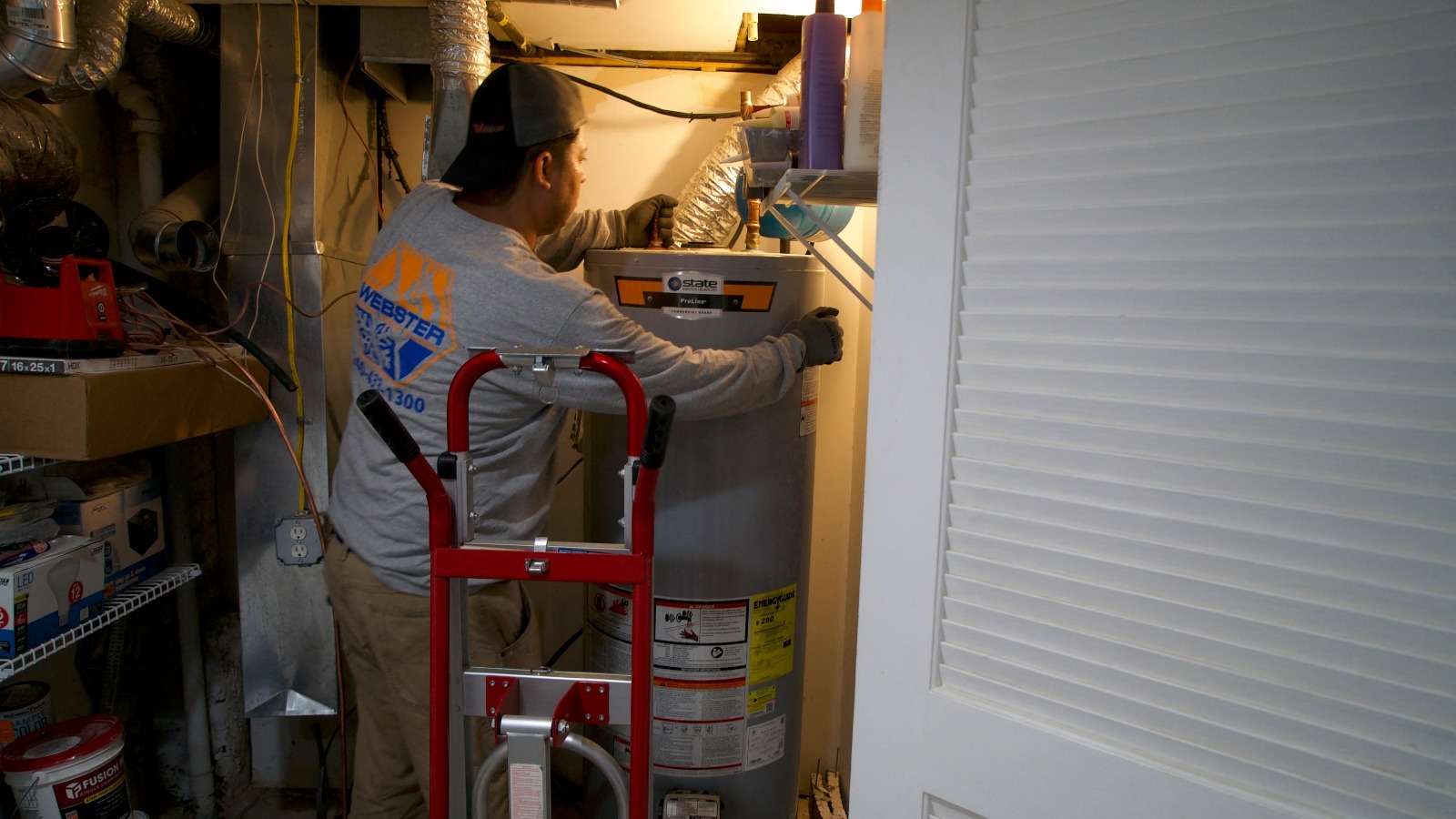Arts, Vol. 14, Pages 58: Construction Processes of the Military Orders in the Kingdom of Castile (12th–15th Centuries)
Arts doi: 10.3390/arts14030058
Authors:
David Gallego Valle
Jesús Manuel Molero Garcia
Military Orders in the Iberian Peninsula in the Middle Ages were greatly involved in both the processes of conquest and subsequent transformation of the territories seized from Islamic rule. Evidence of this involvement is still visible today through solid and long-lasting buildings raised in response to the new needs of the dominant Christian society. The most significant were fortresses, and all their variants, followed by the temples of various sizes and categories. However, there were also other lesser-known constructions including mills, hospitals, houses of the commandery, and houses of agricultural domains. This study, based on written and archaeological sources, focuses on the constructions linked to the Military Orders, especially those of the Orders of Santiago, Calatrava, and St. John throughout the Kingdom of Castile between the 12th and 15th centuries. This analysis thus delves into the temporal sequence and regional variations of these features that not only led to a transformation of the landscape but also reflected changes in the framework of a particular type of society affected by power relations, technological evolution, available resources and wealth, as well as by its mentality and identity. Founded on data gleaned through basic research, this study thus attempts to reconstruct, among other aspects, this historical development by identifying the operational sequence which began with the procurement of raw materials, passing through the construction processes, and the application of different techniques. The study has likewise placed a special emphasis on the alarifes and the final results of their duties by analysing their choices of construction techniques and their functions.
Source link
David Gallego Valle www.mdpi.com

